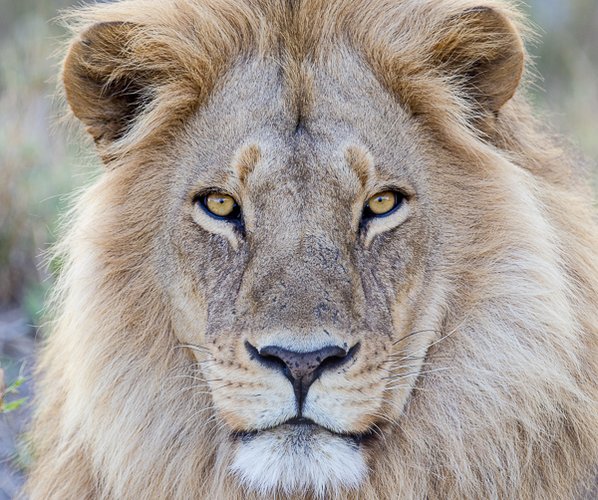Warthog
Damaliscus korrigum
Behavior and diet
The Warthog is found along the eastern part of Africa and can be found in arid or in humid savannahs. The warthog is related to the domestic pig, but its forehead is covered in unsightly, protective bumps which earned it the name warthog. In addition to the spots or warts, the warthog also has four tusks. Warthogs are herbivores and diurnal animals that spend much of their day foraging for food. Their keen sense of smell allows them to uncover root plants or bulbs, which are particularly tasty to them. When a warthog feels threatened, it can run quite quickly. Its tail will stick straight in the air, almost like an arrow, when it senses danger. This arrow is visible to its young piglets, who can then follow their parent to safety. In Tanzania, the locals jokingly refer to the warthog as lion bacon, and warthogs do comprise a portion of lions’ diets. The gestation period for females is three months, with four young being the average number. However, anywhere between one to eight piglets is normal.

 Botswana
Botswana
 DR Congo
DR Congo
 Kenya
Kenya
 Malawi
Malawi
 Mozambique
Mozambique
 Namibia
Namibia
 Rwanda
Rwanda
 South Africa
South Africa
 Tanzania
Tanzania
 Uganda
Uganda
 Zambia
Zambia
 Zimbabwe
Zimbabwe
 Chad
Chad
